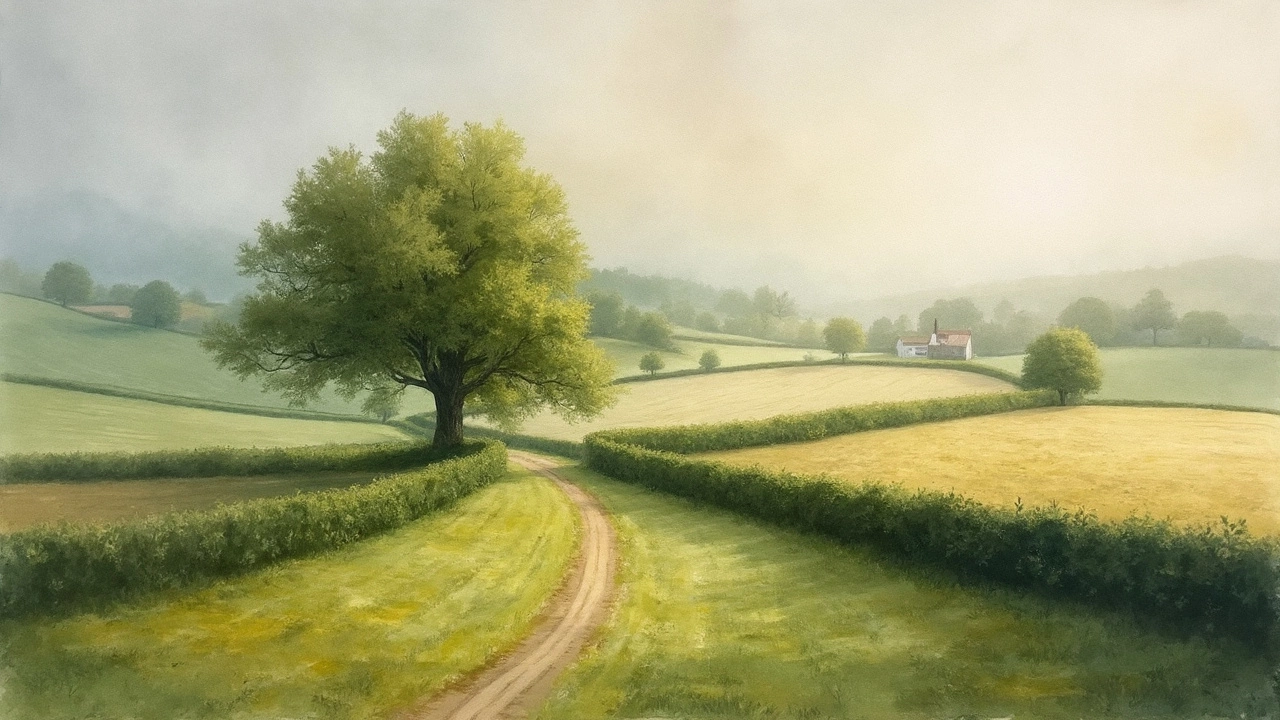Rule of Thirds Guide for Stunning Landscape Paintings
26 Jun 2025Discover how the rule of thirds shapes stunning landscape paintings, with practical tips, artist secrets, and visual examples for balanced, eye-catching art.
Continue reading...Ever wonder why some artworks feel steady and pleasant while others feel lopsided? That feeling comes from visual balance. It’s the way elements like colour, shape and size are arranged so the eye doesn’t get stuck on one side. When balance is right, the piece feels comfortable and the message comes through clearly.
First, step back and look at the whole piece. Ask yourself: does my eye wander back and forth, or does it settle? If one side feels heavier, add something lighter to the opposite side – a splash of colour, a small shape, or a line. Try the "mirror" trick: imagine a line down the middle and see if the two halves match in visual weight. You don’t need perfect symmetry; asymmetrical balance works when the heavy parts are balanced by many lighter parts.
Second, think about colour temperature. Warm colours (red, orange) feel heavier than cool colours (blue, green). If you have a big warm area on the left, soften it with a cool accent on the right. This tip shows up in many of our posts, like the guide on abstract art meaning, where colour choice drives balance.
In oil painting, use glazing to pull weight forward. A thin, transparent layer over a dark area can make it feel lighter, letting you shift balance without repainting. For sculpture, use material density: a heavy stone base can be balanced by lighter wooden extensions. Our post about cheapest sculpture materials explains how to mix cheap, light items with heavier ones to keep the piece steady.
When sketching portraits, remember the eyes and background compete for attention. A busy background can unbalance a face. Keep the backdrop simple or use muted tones so the portrait stays the focal point. The article on best backgrounds for portrait painting dives deeper into this idea.
Digital artists face the same rules. Arrange layers so visual weight moves across the screen, not stuck in one corner. Use the “rule of thirds” to place key elements off‑center for a natural flow.
Quick checklist before you finish:
Balance isn’t a strict formula; it’s about feeling right. Play with the tips, see what works for your style, and you’ll notice the difference instantly. Keep experimenting, and your art will feel more harmonious every time.

Discover how the rule of thirds shapes stunning landscape paintings, with practical tips, artist secrets, and visual examples for balanced, eye-catching art.
Continue reading...